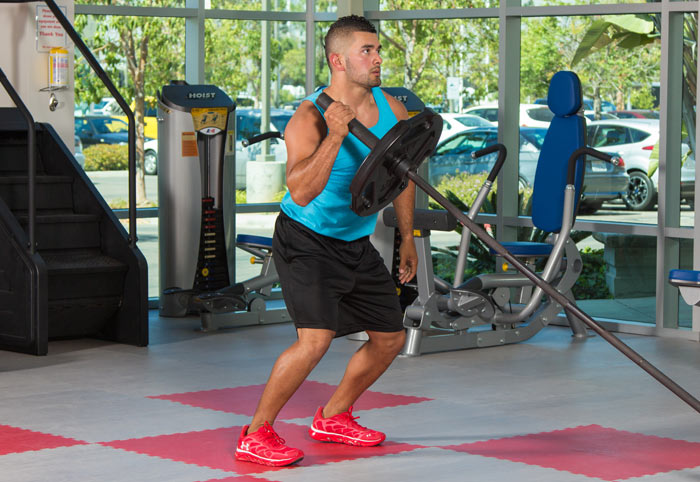
When it comes to fitness, it takes a lot of effort to reach a plateau. So, depending on how look at it, a plateau could be considered a marker of achievement and a sign that you’ve made progress in becoming healthier and more fit. If you are happy with where you are, how far you’ve come and seek no additional change, then a plateau is a good place to be. Of course, plateaus also can be viewed negatively—as being stuck between where you started and where you want to end up.
What’s the best indicator that you’ve reached a plateau in your fitness progress?
You’re happy, yet unsatisfied.
While feeling good about the progress you’ve made, more of your attention is focused on the remaining progress to come and an intense realization that you aren’t yet where you want to be. There’s a quiet sense of “this is good, but I’m not finished yet.”
If you are a newer exerciser—in general, this means you’ve been exercising regularly for six months or so after an extended period of not exercising—then this is normal. Gains are easy when you’re starting at the beginning, but progress doesn’t come quite so easily over time. Which makes sense. After all, how much faster can the world’s fastest man or woman get even by training hard and eating right? Despite the sometimes silly, sometimes trenchant motivational statements popular in fitness, there are limits to what is possible.
You’re working out, but not as dialed in as you normally are.
This can sometimes be related to overtraining or just general life stress, but not feeling as motivated to exercise is also a marker of a plateau. You may not feel fully present in the experience in the moment when you are working out. For some exercises, you can only add so much resistance before you reach a limit of stability.
In this case, it might be time to make some small changes, such as using a few new exercise variations or adding intensity through movement speed or resistance, or any other modification that makes the fitness experience challenging enough to force your body to change. Or, it could be time for a bigger change in terms of a new program. Most people change programs too often, but at some point, any routine will need to be altered because the body adapts to it, and the familiarity makes improvements harder to come by.
In either case—making small changes or starting a new program—the smart move is to consult with a qualified, credible, caring health and fitness pro who can create something for you.
Another possibility is that it might be time to look at what the next step in your nutrition journey should be. I call it a journey because improving your diet is a lifelong endeavor. We are all working to make things better, while not freaking our brains out too much by making changes that are too drastic. If you’re in the middle of your nutrition journey, perhaps you’ve plateaued there. When I was making my own improvements in health (even before I worked in fitness professionally), I went from several sodas per day down to one. That was 20 years ago. At some point, one soda per day was my plateau and it was time to make the next jump of progress, which meant avoiding sodas altogether.
You think to yourself, “I wonder if I’m at a plateau?”
This is easy as this is one of those thoughts that rarely pops into your head unless you are actually at a plateau. If this hasn’t crossed your mind, either don’t care (which means you are most likely not reading this at all) or you are making so much progress and slaying it in your workouts that the idea of a plateau never even enters your mind. If you think you might be at a plateau, you probably are.
Remember: A Plateau is Good
A plateau is a sign that you’ve made some progress. Perhaps if you view it as a chance to recognize the progress you’ve made, while gathering your strength to make the next attempt and effort at making more progress, a plateau can be seen as an opportunity—a starting point for the next round of progress.
 by
by 










 by
by